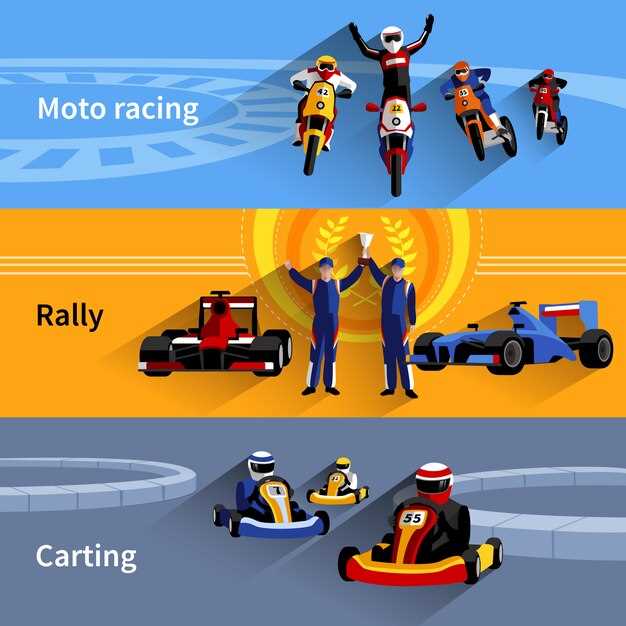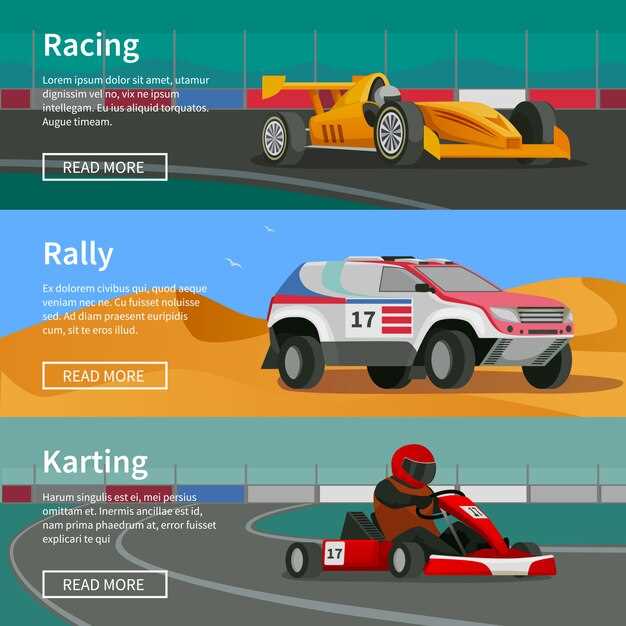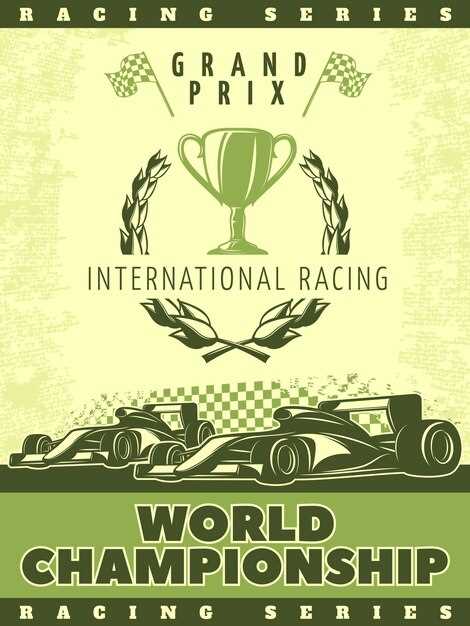
The 24 Hours of Le Mans stands as one of the most prestigious endurance races in the world, a testament to human ingenuity and the spirit of competition. For over a century, this legendary event has carved its place in the annals of motorsport history, showcasing the remarkable prowess of both man and machine. Each decade has introduced a new batch of legends, who have not only conquered the demanding Circuit de la Sarthe but have also marked their names in the hearts of racing enthusiasts worldwide.
From the early days where the race began as a test for automotive reliability to the modern era where technology and strategy reign supreme, Le Mans has witnessed the triumphs and tribulations of drivers and teams. The stories of these winners span generations, offering a rich tapestry of racing heritage filled with innovation, heartbreak, and glory. Each victory is a chapter in the saga of motorsport, reflecting the evolving challenges and aspirations of the racing fraternity.
As we delve into the chronicles of Le Mans race winners through the decades, we celebrate the extraordinary feats of those who dared to push the limits. With every passing lap, these competitors have not only represented their brands but have also embodied the relentless pursuit of excellence that defines the essence of man versus machine. Join us as we explore the highlights and milestones that have shaped the Le Mans legacy, honoring the champions who have become immortal in the racing world.
Key Innovations Impacting Le Mans Performance
The 24 Hours of Le Mans has been a stage for automotive legends, showcasing performance driven by innovation. Over the decades, technological advancements have influenced both speed and reliability, making it a critical aspect of the race’s history.
Aerodynamics transformed Le Mans racing, starting in the 1970s when manufacturers began focusing on car shapes that reduced drag and enhanced downforce. Innovations such as the use of ground effects and adjustable wings allowed teams to optimize their performance on the track, pushing the limits of speed and agility.
Engine Technology also evolved significantly, with the introduction of turbocharged engines in the 1980s. This shift allowed for a remarkable balance of power and fuel efficiency, which is crucial for endurance racing. Brands like Porsche leveraged these advancements, cementing their legacy at Le Mans with multiple victories.
In the late 1990s, Hybrid Technology made its debut, changing the dynamics of racing once again. Teams like Audi incorporated hybrid systems that combined traditional internal combustion engines with electric power. This not only improved fuel consumption but also enhanced acceleration, pushing competitors to reevaluate their strategies.
Safety Features have continuously progressed as well. Innovations such as the development of carbon fiber chassis and advanced crash systems significantly enhanced driver protection. The implementation of these elements has reshaped the way manufacturers design their cars, prioritizing safety without sacrificing performance.
Lastly, Data Analytics has become an integral part of Le Mans strategy. Teams now utilize real-time telemetry to monitor vehicle performance, driver behavior, and track conditions. This approach allows for quick adjustments to optimize lap times and overall race execution, giving teams a competitive edge.
These key innovations collectively illustrate how the pursuit of excellence at Le Mans has influenced automotive technology, forging a legacy of champions and legends in the history of motorsport.
Notable Racing Legends and Their Winning Strategies

The 24 Hours of Le Mans has been graced by numerous racing legends, each making their mark with unique strategies that propelled them to victory. These drivers have not only showcased their talent behind the wheel but have also demonstrated exceptional teamwork and tactical prowess.
One of the most iconic figures in Le Mans history is Tom Kristensen, often referred to as Mr. Le Mans. With nine victories, Kristensen’s winning strategy hinged on his ability to remain calm under pressure and his exceptional skill in night driving. He understood the importance of consistency and endurance, often pacing himself in the early hours to avoid mechanical issues that could arise from pushing too hard, too soon.
Another notable legend is Jackie Ickx, renowned for his strategic approach to race starts. Ickx famously protested the standing starts by walking across the track, a move he believed compromised safety. His strategic mindset extended to optimizing fuel consumption and tire management throughout the race, allowing him to maintain speed while prolonging performance.
In recent years, drivers like André Lotterer have emerged as contemporary legends. Lotterer’s winning strategies involve a deep understanding of the car’s aerodynamics and tire characteristics, enabling him to make informed decisions on pit stops and driving styles in changing conditions. His ability to adapt quickly to new information and challenges on the track has proven crucial in securing victories.
Overall, the legacy of these racing legends continues to inspire new generations. Their approaches reflect the essence of the Le Mans race: a balance of speed, strategy, and endurance, underscoring the complexities that make this event a hallmark of motorsport excellence.
Year-by-Year Breakdown of Winners and Their Vehicles

The 24 Hours of Le Mans has a rich history of racing excellence, showcasing remarkable vehicles and the legends who drove them. Each year, the winners etch their names into the annals of motorsport history. Below is a detailed breakdown of notable winners and their vehicles from various decades.
In the 1920s, Bentley emerged as a dominant force, with victories in 1929 and 1930, notably with the Bentley Speed Six, a true representation of British engineering and endurance.
During the 1930s, Alfa Romeo proved its prowess, capturing the win in 1931 and 1932 with the Alfa Romeo 8C 2300. This car combined performance with elegance, making it a favorite among racing enthusiasts.
Post-World War II, the late 1940s saw Ferrari take the helm, winning in 1949 with the 166 MM, marking the beginning of the Maranello brand’s legendary status in endurance racing.
The 1950s were defined by Aston Martin and Jaguar, with Aston Martin clinching victory in 1959 with its DBR1, a true icons of racing innovation and style. Meanwhile, Jaguar reinforced its legacy with several wins, including the legendary D-Type.
As the 1960s rolled in, Ford took center stage, famously winning in 1966 with the Ford GT40. This victory was not just a triumph on the track; it symbolized American ingenuity taking on and conquering European dominance.
In the 1970s, Porsche began its reign, highlighted by the success of the Porsche 917, which won in 1970 and 1971, showcasing the company’s engineering excellence and speed.
The 1980s marked the arrival of the Audi Quattro, leading Audi to victory in 1982 and 1983. This innovative vehicle showcased groundbreaking all-wheel-drive technology, propelling it to greatness on the track.
Entering the 1990s, the dominance of the Toyota GT-One began, claiming victories and showcasing the relentless pursuit of performance and reliability.
The 2000s brought about the era of Audi again, with a remarkable string of victories from 2000 through 2008. Vehicles like the Audi R8 revolutionized endurance racing with their diesel powertrains and aerodynamic designs.
In recent years, Toyota has emerged as a leading competitor, winning the race in 2018 and 2019 with the TS050 Hybrid, highlighting advancements in hybrid technology and their impact on modern racing.
Each decade of Le Mans not only celebrated the winners but also the cars that defined an era of racing. From Bentleys to Toyotas, the legends of the track become indelibly linked to their powerful machines, creating a tapestry of achievements that continues to inspire new generations of racers.




